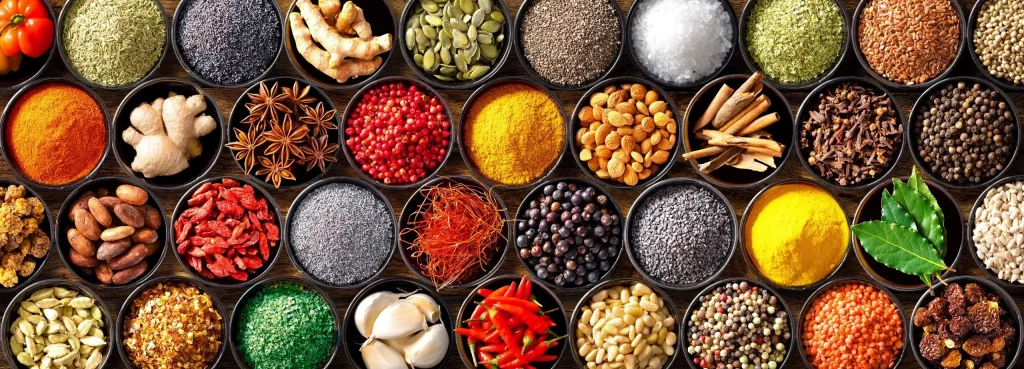The potato, a seemingly unassuming root vegetable, has left an indelible mark on global cuisine. From its origins in the Andes Mountains of South America to becoming a staple food on every continent, the potato’s journey is a testament to its versatility and adaptability. Let’s peel back the layers of history to explore how this humble tuber became a beloved global staple.
A Gift from the Andes
The potato’s story begins in the Andes, where it was cultivated by indigenous people for over 7,000 years. Known for its hardiness and ability to thrive in diverse climates, the potato was a vital crop that sustained communities in the harsh mountainous terrain.
The Potato in Europe
The potato’s journey to Europe was not without challenges. When Spanish explorers brought potatoes from South America in the 16th century, they were met with skepticism. Many Europeans were initially wary of this unfamiliar vegetable, and some considered it unfit for consumption. However, over time, the potato gained acceptance due to its reliability as a food source, even in times of famine.
The Great Famine and the Potato’s Rise
The 19th century saw the potato’s crucial role in Ireland during the Great Famine. With its ability to yield a high calorie yield per acre, the potato became a dietary staple for the Irish population. Tragically, when the potato crop failed due to disease, it resulted in widespread suffering and migration. However, this event highlighted the importance of the potato as a reliable and prolific crop.
Potato Varieties and Culinary Adaptations
Potatoes come in a wide range of varieties, each with its unique qualities. Starchy potatoes, like Russets, are ideal for making fluffy mashed potatoes, while waxy potatoes, like Yukon Golds, are perfect for creamy potato salads. Fingerlings and new potatoes offer delicate flavors, and sweet potatoes bring sweetness and vibrant color to dishes.
Potatoes have been adapted into countless culinary creations around the world. In Italy, they are transformed into gnocchi and crispy Roman-style pizza. In India, they are featured in spicy curries and samosas. French cuisine celebrates potatoes in the form of pommes frites (French fries) and gratins. And who can forget the comfort of classic American mashed potatoes and potato chips?
The Potato’s Global Impact
The potato’s adaptability and high yields have made it a vital crop in addressing global food security. It plays a critical role in the diets of millions of people worldwide, especially in regions with challenging growing conditions. Additionally, the potato’s ability to thrive with minimal water usage makes it a sustainable choice for a world facing water scarcity.
Conclusion
The potato’s journey from the Andes to every corner of the globe is a testament to its adaptability and significance in human history. This unassuming tuber, once met with skepticism, has become a beloved and versatile staple food that nourishes people of all cultures. From comforting classics to innovative culinary creations, the potato’s culinary potential knows no bounds, making it an enduring symbol of sustenance and resilience. 🥔🌎🍟🥔🍴🌍🥔


